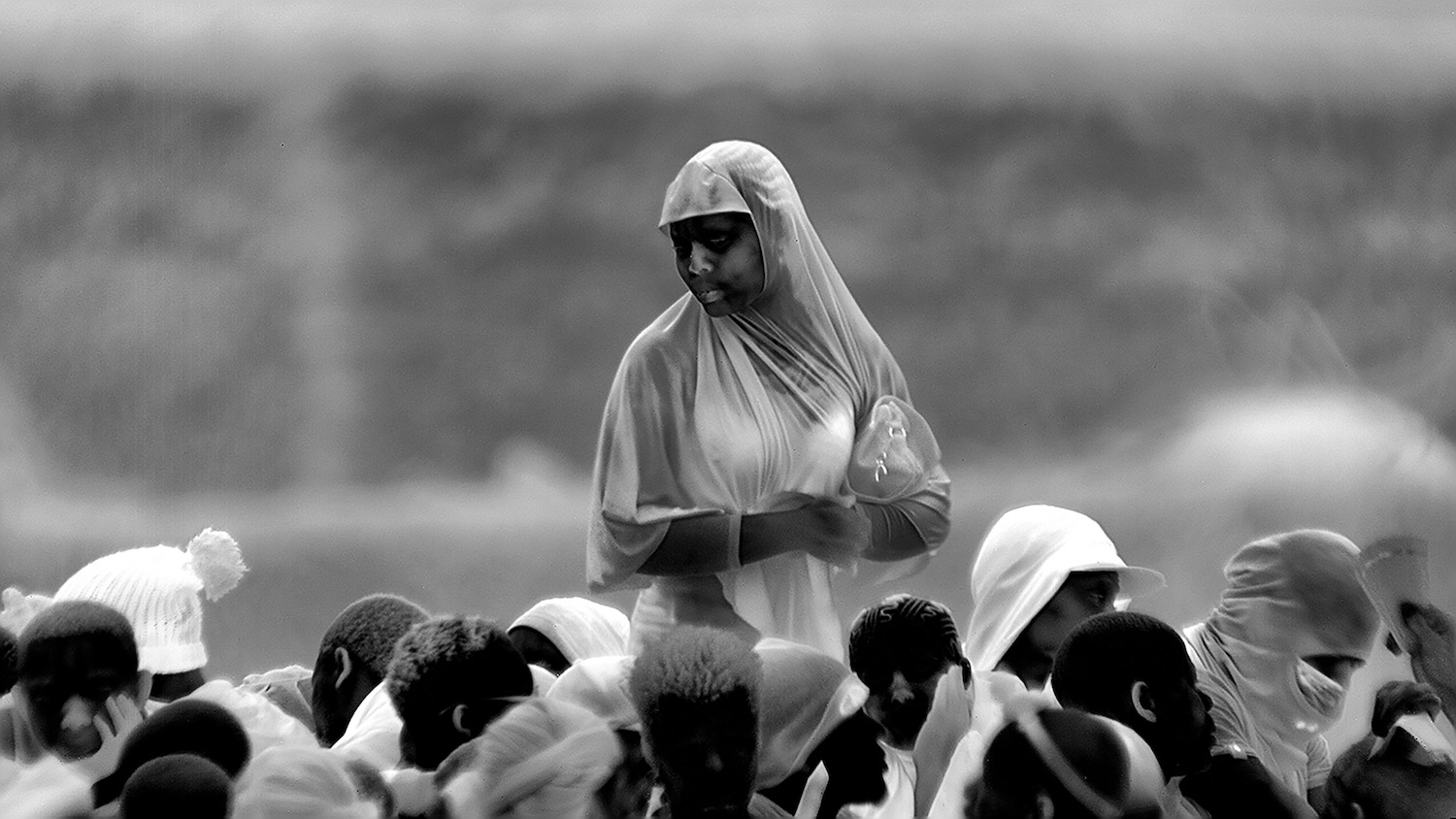That’s exciting—we’re getting sort of a sneak preview! But I guess that gets at one of the phrases that struck me from your show description, “postponing completion.” How do you know when you are done with a piece?
With films it’s often a deadline. And then sometimes I show them at film festivals, and then at the festival I realize, “Oh, this isn’t done.” And it’s nice because I can change it. It’s my work. As I get older, it’s about process. It’s not at all about the finished thing. But at the same time I want it to be finished, and I want it to come to a state where it doesn’t need anything else and mostly nothing bugs me, and where I feel like something’s happening that surprises me—and it’s usually something I never could have thought of at the beginning of the project.
Tell me more about how the Paul Outerbridge elements of this show. It’s so interesting that with all of his commercial success, these nudes were suppressed and largely unseen in his lifetime. At first it seems like such an odd juxtaposition to the works you’ve done with Aidan.
I’ve always been obsessed with his work and I came to his work when I first thought I want to be an artist, so I think it’s one of my first loves. When I started to have an identity as an artist, I worked in a gallery that had his estate, and his work was unlike anything I’d seen, sort of like Technicolor films, and his nudes—there was something that reminded me of one of my favorite painters. There’s a real coldness to the surface of the skin, and you can see the veins underneath the skin. There’s a real eroticism, and I like thinking about how these nudes are performing.
Your manipulations of the Outerbridge nudes begin with you focusing on details of the originals, which you then rephotograph, and of course I can’t help but associate that practice with how John Waters photographs his television, albeit to very different effect.

Well, I think John Waters is really different from me, but I just love to get into my obsessions, and I don’t think about what it means. I don’t think about how I’m going to talk about it and what the subject is, I just go after it. I just started to photograph my favorite parts of the screen. If I reshot the whole photograph, there’s no mystery to it. There is mystery to Outerbridge’s work, but it’s not my mystery. I really like working with close-up fragments and I really have no interest in the space or context of the image.
It’s like you’ve got an almost confrontational model, which makes me self-conscious, wondering what you are doing to me as an audience member.
I want to touch you. I was at the National Gallery in London a few years ago, and I hadn’t been there for a really long time. That was another place where I sort of came to life as an artist. So I went back and looked at all my favorite paintings, the Rembrandts, Bronzino. I was looking at them and I really freaked out and started crying because they were looking at me and they were alive. And that’s why I love silent films, too; when these people—they’ve been dead for so long, but they’re still alive and they’re still moving me and making me feel things. So it’s weird because even though I feel like I don’t want to put expression in the films, I definitely want expression to come out of them. I want you to experience expression.











